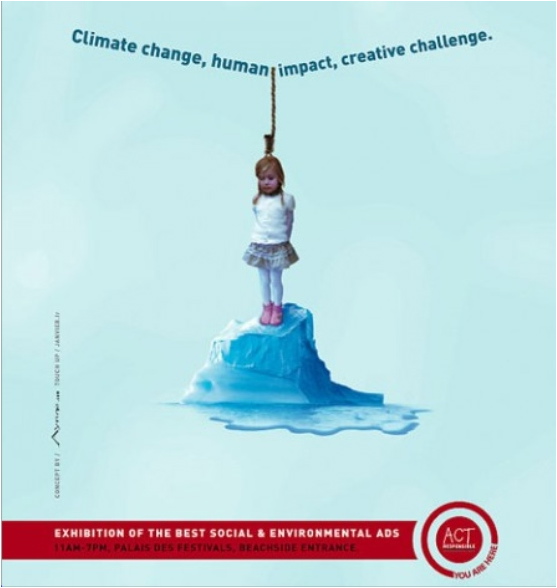By Steven Milloy
Human Events, October 8, 2010
It’s hard to sufficiently mock President Obama’s decision to install solar panels on the White House. But I’ll try.
The cost of the panels at this point is unknown. But the White House has assured the public that the installation job will be offered through a competitive bidding process. Given that Jimmy Carter spent about $30,000 in the 1970s installing solar panels on the White House (removed in 1986 by President Reagan), you can bank on President Obama’s folly blowing that price tag away, especially when you consider all the federal employee staff time, and security and public relations efforts that will go into the project.
Since the annual savings of the system is estimated to be only $2,300, you could also safely bet that the system will never actually pay for itself—no matter how many decades (centuries?) the system is used.
The system won’t make the White House energy independent since nighttime, clouds and rain will all force the building to remain hooked up to its existing power sources and back-ups.
Finally, the system will offer no environmental benefits. Whether or not you believe that manmade greenhouse gas emissions are changing global climate for the worse, whatever few tons of carbon dioxide emissions that might possibly be avoided through White House (or anyone else’s) use of solar panels will scarcely offset the new coal-fired power plant that China erects every other week.
The panel installation can be, then, little more than a too-little-too-late exercise in public relations to salvage something legislatively for President Obama’s green base.
While even President Obama has given up on a cap-and-trade bill coming out of this Congress, he no doubt would like to prod Congress into passing a so-called national renewable electricity standard (RES) in the upcoming lame duck session of Congress. An RES would require that a certain percentage of electricity generation come from solar, wind biomass and other supposedly renewable sources. Conveniently, Senators Jeff Bingaman (D.-N.M.) and the retiring Sam Brownback (R.-Kan.) have just introduced such a bill (S. 3813).
Although the Bingaman-Brownback bill is little more than cap-and-trade in renewable drag, it has attracted some Republican support in the Senate from Susan Collins (Maine), Jon Ensign (Nev.) and Chuck Grassley (Iowa). But Democratic skeptics like Mary Landrieu (La.), Blanche Lincoln (Ark.) and Ben Nelson (Neb.) have offset these Republican votes. Sen. Dick Durbin has also rained on the Bingaman-Brownback RES parade, telling Congressional Quarterly, “It’s not an easy and quick bill. There are many choices, and most of them are controversial. To think we can do them quickly in a lame duck is a long shot.”
The President’s desperate green supporters insist the White House project is not completely symbolic. The CEO of solar panel maker Sungevity told Climatewire that, “This is not about Carter and another President doing solar; it’s about the fact that solar is able to save customers money.” Just who those customers are and how much money they’re actually saving, wasn’t disclosed, however.
The Center for American Progress’ Richard Caperton told Climatewire that if the President used the solar panel announcement “appropriately,” he could “show that the [solar] industry leads to jobs.” But of course the vast majority of solar manufacturing jobs are in China, where renewable energy workers earn about 1/10 of American workers.
DuPont is expanding its facility in Circleville, Ohio, to manufacture solar energy materials, accepting $56 million in federal stimulus and state aid for the $175 million project. What does the taxpayer get for all that money? Seventy new jobs created, 444 existing jobs retained and 230 construction jobs. Add all the jobs up and divide and you get a per job cost of $235,000, $76,000 of which comes from taxpayers.
Taxpayers are on the hook for about $114,000 for each stimulus-funded solar panel job at projects in Longmont, Colo., and Tipton, Ind. Then there is the $592,000-per-solar-job cost at the Emmet J. Bean Federal Center in Indianapolis, Ind.
Pardon me, but since the purpose of all this is to force consumers to spend more money buying high-priced energy (but only when the sun shines), as a taxpayer, I vote for unemployment.
Mr. Milloy is the founder and publisher of JunkScience.com. His columns and op-ed pieces have appeared in the Wall Street Journal, USA Today, Financial Times, and Los Angeles Times. He is the author of “Green Hell,” a new book from Regnery Publishing.
